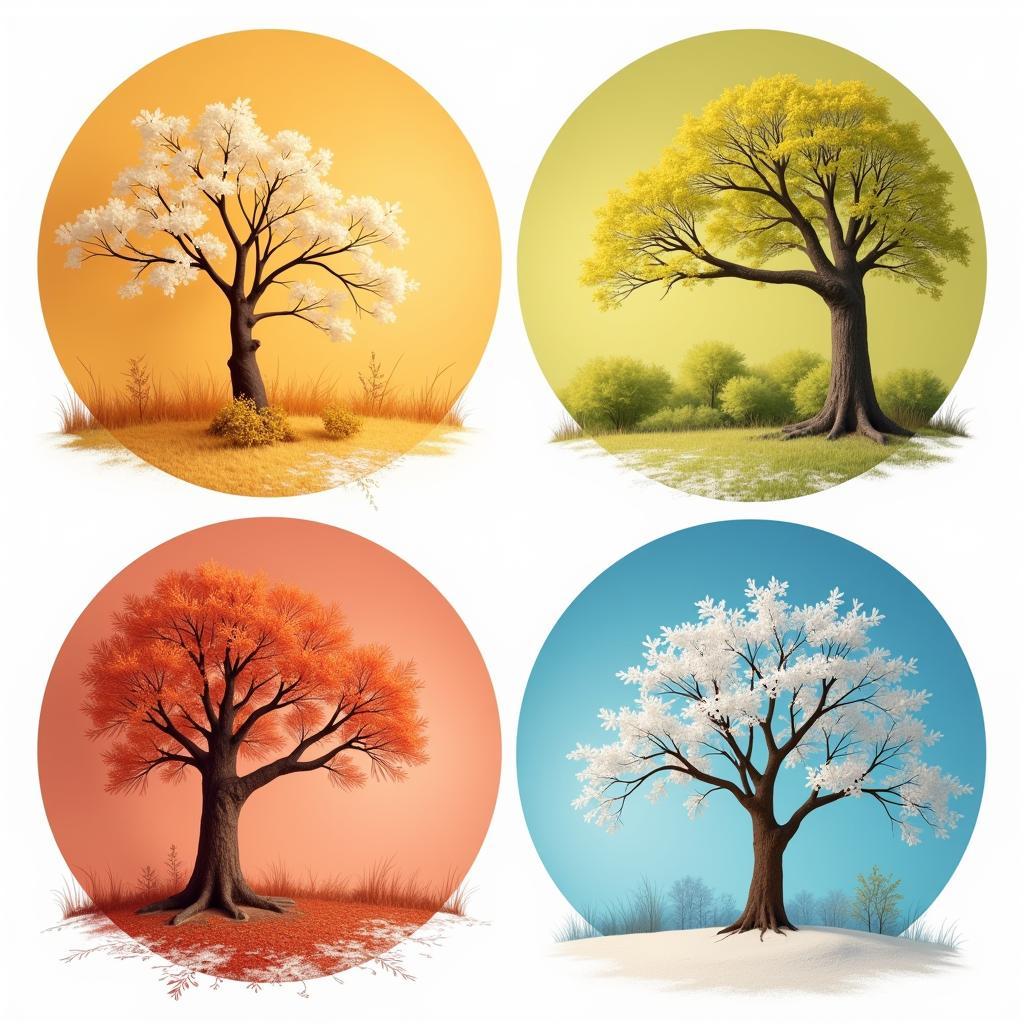Color analysis—it sounds technical and maybe a bit intimidating, right? But trust me, understanding which colors flatter your natural coloring can completely transform your wardrobe, makeup choices, and even your home décor. It’s like having a secret weapon to always look your best!
Now, you might be thinking, “Don’t I need a professional for this?” While seeing an expert can be helpful, it’s definitely possible to do a basic color analysis on yourself. With a little guidance and a keen eye, you can unlock the power of color and discover your most flattering shades. Ready to get started?
Understanding the Basics of Color Analysis
The core concept behind color analysis is that each person has a unique combination of skin tone, hair color, and eye color. This unique blend determines which colors will harmonize with your natural features and which ones might clash.
Think of it like music: the right notes together create a beautiful melody, while the wrong ones create dissonance. The same goes for colors—choosing shades that complement your natural palette enhances your overall appearance, making you look healthier, more radiant, and put-together.
Determining Your Undertone: The Foundation of Color Analysis
The key to unlocking your best colors lies in determining your undertone. This refers to the subtle hue beneath your skin’s surface and falls into three categories:
- Warm: Golden, yellow, or peachy undertones.
- Cool: Pink, red, or bluish undertones.
- Neutral: A balance of warm and cool undertones.
There are a few simple tests you can do to figure out your undertone:
-
The Vein Test: Look at the veins on the inside of your wrist. Do they appear greenish? You likely have warm undertones. If they appear bluish, you likely have cool undertones. If it’s hard to tell or a mix of both, you might have neutral undertones.
-
The Jewelry Test: Hold up gold and silver jewelry to your face. Which one instantly makes your skin glow? Gold usually complements warm undertones, while silver flatters cool undertones. If you look equally radiant in both, you’re likely neutral.
-
The White T-shirt Test: Drape a pure white t-shirt around your shoulders. Does your skin look brighter and healthier, or does it appear washed out? A brighter appearance indicates cool undertones, while a washed-out look suggests warm undertones.
Exploring Your Season: Finding Your Perfect Color Palette
Once you’ve identified your undertone, you can explore the four seasons of color analysis: Spring, Summer, Autumn, and Winter. Don’t worry; you don’t need to wait for a specific time of year to rock these colors!
-
Spring: Warm undertones with bright, clear coloring. Think light peach, sunny yellow, and vibrant turquoise.
-
Summer: Cool undertones with soft and muted coloring. Imagine dusty rose, soft lavender, and cool blues.
-
Autumn: Warm undertones with rich, earthy coloring. Picture burnt orange, olive green, and deep teal.
-
Winter: Cool undertones with high-contrast coloring. Think icy blue, deep emerald green, and bold fuchsia.
 Seasonal Color Palettes
Seasonal Color Palettes
“Remember, these are just starting points,” says renowned color stylist, Emily Carter. “Personal style plays a big role too. Don’t be afraid to experiment and see what makes you feel your best!”
Putting It All Together: Applying Color Analysis to Your Life
Once you’ve determined your season and have a good grasp of your most flattering colors, you can start incorporating them into your everyday life:
- Wardrobe: Choose clothing in your season’s colors to instantly brighten your complexion and create a harmonious look.
- Makeup: Opt for blushes, lipsticks, and eyeshadows that complement your undertone and season.
- Accessories: Select jewelry, scarves, and hats in your most flattering metals and colors.
- Hair Color: If you’re considering a color change, consult with a stylist who understands color analysis to find a shade that enhances your natural features.
- Home Decor: Incorporate your best colors into your living spaces to create a cohesive and inviting atmosphere.
Conclusion
Color analysis isn’t about restricting your choices; it’s about empowering you to make informed decisions that enhance your natural beauty and style. By understanding your undertone and seasonal palette, you can unlock a world of colors that make you look and feel your most confident and radiant self. So, why not give it a try? You might be surprised by the transformative power of color!
FAQs
1. Can my season change over time?
While your undertone stays the same, your season might shift slightly as you age. This is usually due to changes in hair color and skin tone.
2. Can I wear black and white even if they aren’t in my season’s palette?
Yes! Black and white are considered neutrals and can be worn by everyone. However, you might find that certain shades of black or white are more flattering than others depending on your undertone.
3. What if I don’t like some of the colors in my season’s palette?
You don’t have to love every single color in your palette! The key is to identify the shades that resonate with you and make you feel good.
4. Do I have to completely overhaul my wardrobe after a color analysis?
Not at all! Start by gradually incorporating more of your best colors and experimenting with different combinations.
5. Can I use color analysis for my home decor?
Absolutely! The same principles apply when choosing paint colors, furniture, and decorative accents.
For personalized guidance and to discover your most flattering color palette, contact us at Phone Number: 0373298888, Email: [email protected], or visit us at 86 Cầu Giấy, Hà Nội. Our dedicated team is available 24/7 to assist you on your color journey.
